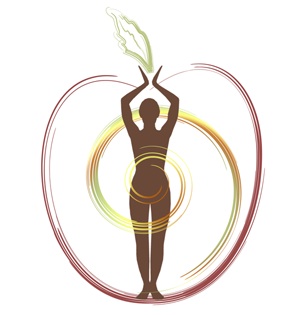Osteoporosis: are you at risk?
Osteoporosis has been called the silent disease. As we age, particularly beyond menopause (for women), it's not uncommon for bones to thin, weaken and fracture without warning.
According to the National Osteoporosis Foundation, those who meet the following conditions are at greater risk:
- female
- advanced age
- Caucasian
- a history of fractures
- a small thin frame
- alcohol and tobacco use
- family history of osteoporosis
- surgical ovary removal
- early menopause
- a low calcium diet or poor absorption
- lack of weight bearing exercise
- long term use of certain medications (steroids, anti-convulsant drugs, HRTs)
Image: Age and Bone Mass by Anatomy and Physiology, Connexions Website is used here with permissions granted under the Creative Commons Attribution 3.0 Unported license
But there's good news! Osteoporosis is preventable. Even though some factors can't be altered (gender, ethnicity, family history, etc), others can. Prevention begins with doing what you can to minimize the risks. Even if you've already been diagnosed, these steps can slow down the progression of bone loss. Start now and do what you can.
Get serious about giving up tobacco. See your medical doctor for advise. If traditional methods aren't successful, try hypnosis or neuro-linguistic programming (NLP).
Calcium is crucial to building and maintaining solid bone mass and density. Up to age 50, the average adult needs 1000 mg per day. For women over 50 or at the onset of menopause, and for men older than 70, the requirement increases to 1200 mg per day..
Beyond dairy (milk, yogurt, cheese), be sure your diet includes plant-based calcium-rich foods such as fresh leafy greens like collards and cabbage, sardines, salmon, soy, almonds, and pistachios. Vitamin D aids calcium absorption and may be lacking in certain regions or during winter months when sunshine is minimized. Also, salt intake interferes with calcium absorption, so lowering your intake may be helpful.
Begin a regular routine of walking, running, jumping rope, aerobics, take a Zumba class, or find a tennis partner and dust off the racket. Any exercise that requires you to use the weight of your body increases bone density.
Detecting Osteoporosis is as simple as getting tested. The test, called a bone mineral density scan (or DEXA) can identify early osteoporosis and monitor treatment. For convenience, many radiology centers can schedule a scan at the same time as your annual mammogram.
Best of all, the test lasts about 30 minutes and is simple, painless and non-invasive.
Image: Human Hip Bone by Patrick Siemer is used here with permissions granted under the Creative Commons Attribution 2.0 Generic license

